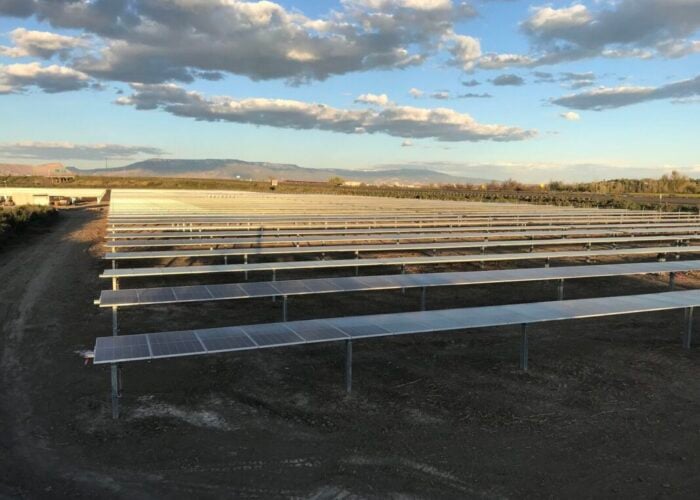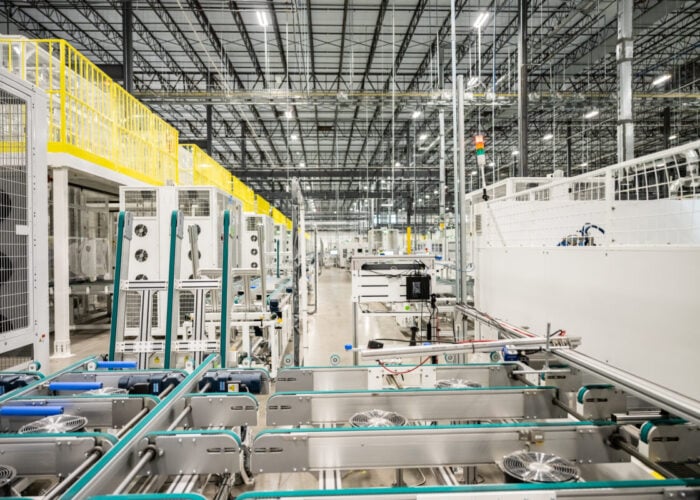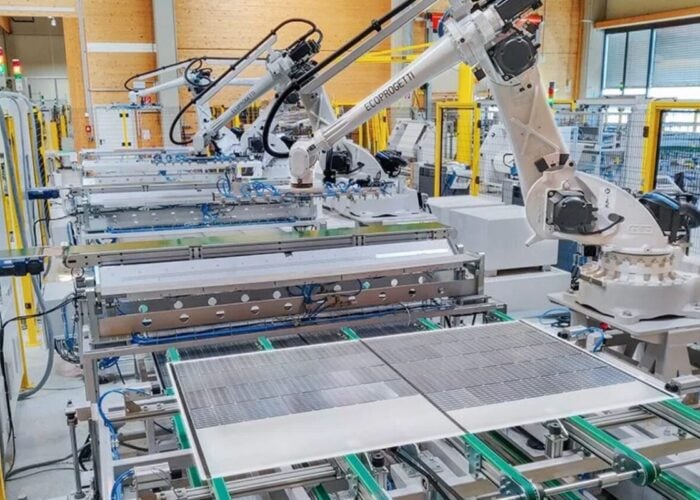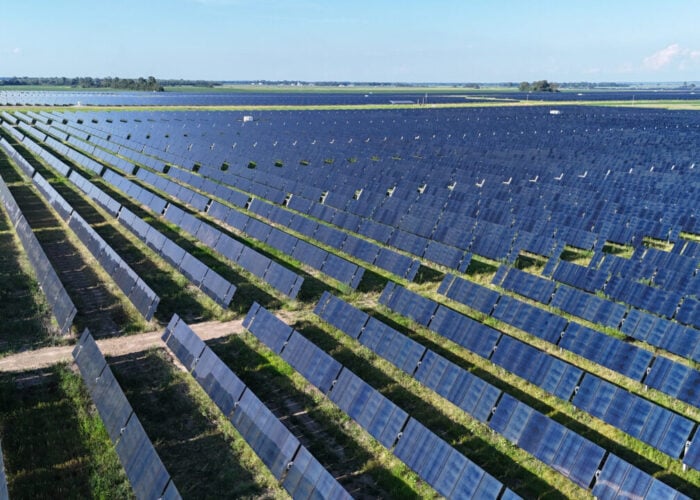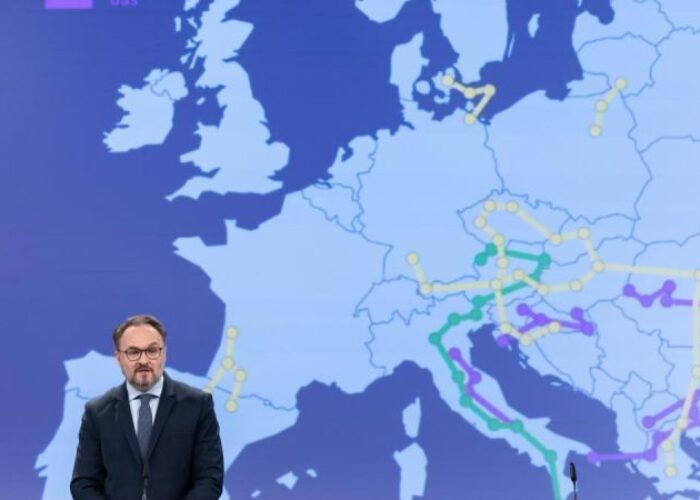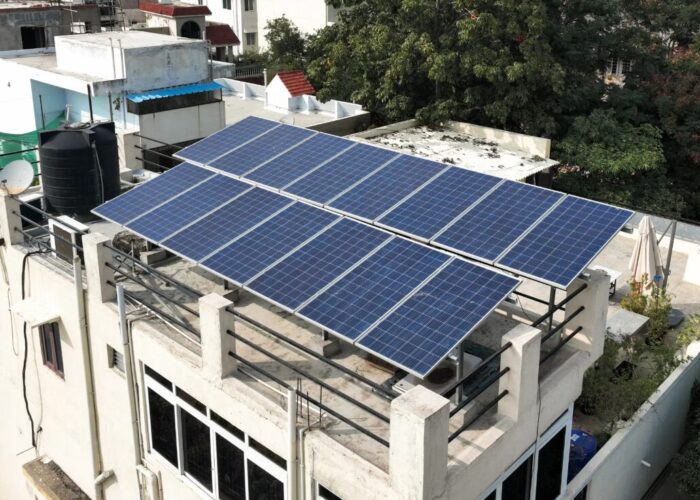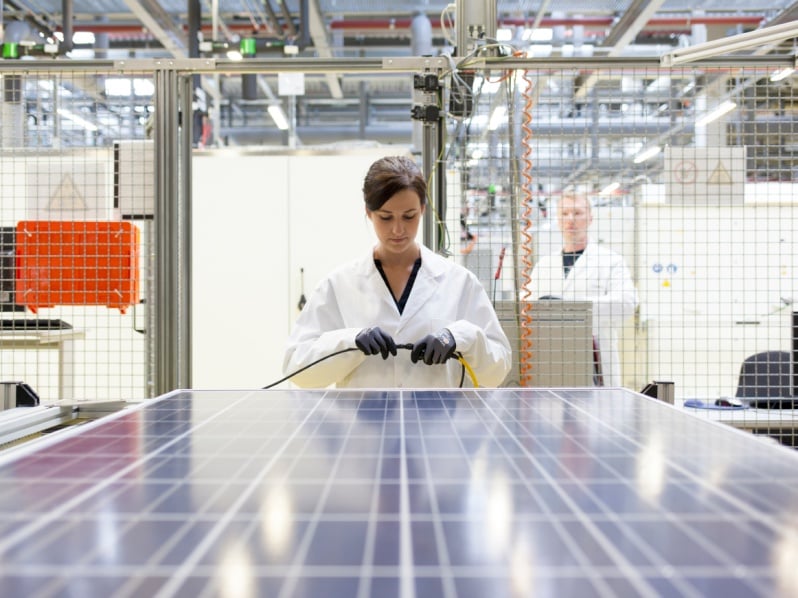
Chinese solar manufacturers have slammed South Korea’s decision to attach predetermined carbon emissions ratings to modules originating from China under the regulator’s new carbon footprint requirements.
Announced in July this year, the scheme separates modules into three specific categories based on the volume of carbon emitted per kilowatt within the entire lifecycle of the product. Only modules in the highest category – featuring emissions of less than 670kg CO2/kW – are eligible for government subsidies.
Try Premium for just $1
- Full premium access for the first month at only $1
- Converts to an annual rate after 30 days unless cancelled
- Cancel anytime during the trial period
Premium Benefits
- Expert industry analysis and interviews
- Digital access to PV Tech Power journal
- Exclusive event discounts
Or get the full Premium subscription right away
Or continue reading this article for free
However Chinese manufacturers have complained, arguing that they have found themselves placed in the lowest category based on an update issued previously by Korea’s New and Renewable Energy Centre (NREC), which stated manufacturers based in China would be placed at ‘Level 3’ owing to purported concerns over site assessments during COVID-19.
Last week, Hanwha Q CELLS said it was the first solar manufacturer to receive the highest grade within the carbon certification, paving the way for projects using its modules to receive priority for subsidies.
It followed the publication from NREC, also last week, of its initial carbon emission verification status list, detailing which manufacturers had received three-year certifications and for which products.
The list shows that just Q CELLS and fellow, little-known South Korean manufacturer Hansol Technics received certifications, with Q CELLS largely winning them for iterations of its Q.PEAK DUO product.
Module outputs range from 355W to 455W, while carbon emissions vary from 635.49g CO2/kW to 824.03g CO2/kW.
The scheme follows moves from other international markets, most notably France, with modules scored based on their carbon emission volume per kilowatt. But, unlike France, where various module manufacturers have verified low carbon footprints, South Korea’s framework also attaches so-called ‘levels’ for manufacturers, with the highest scores reserved for manufacturers based in Korea using Korean wafers.
In an update issued last month, Chinese suppliers were notified that they would be placed in Level 3, associating them with modules produced using more than 830g CO2/kW.
Speaking to PV Tech, Chinese manufacturers said they felt aggrieved that the mechanism failed to take into account individual circumstances and did not provide product-specific assessments or scores.
Some manufacturers pointed specifically to the penetration of renewable electricity in some Chinese regions, which would contribute towards the carbon emission volume of products manufactured there. Yunnan province, by way of example, derives more than 80% of its power from renewable sources due to its high density of hydropower generating stations in the area.
Manufacturers also noted that a series of modules from Chinese companies, assessed and valuated during France’s own testing regime, had recorded carbon emission volumes of between 498 and 541g CO2/kW.
Korea’s NREC had yet to reply to questions from PV Tech at the time of writing.

